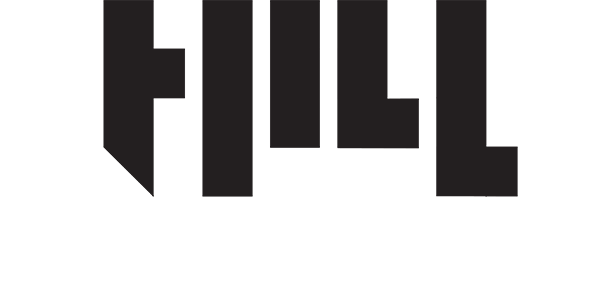The internet is young and creating content and marketing campaigns for a digital audience is even younger. On this unstable platform, things are constantly changing and evolving, and what was true for best practices ten years ago – even five years ago – isn’t true today. In 2021, I did a multi-lateral review of content among the top leagues in the United states to attempt to find a pattern in what was and, just as importantly, what wasn’t working.
What we found was that content attached to an athlete with a large following drew the most engagement and reach on most platforms. That was pretty obvious. The bigger conclusion was that the type of content being produced for the various platforms also had a direct result for engagement and reach. Focusing on creating content for specific platforms, rather than every platform, leads to the best results and creating less content, but creating better content for specific platforms had more positive results.
What Works:
- Organic content that shows personalities.
- Tying large moments to pop-culture.
- Organic behind-the-scenes moments.
What Doesn’t Work:
- Content spread too thin. Some content that is great on some platforms performs terribly on other platforms.
Overview
Below is a quick guide to what type of content works on the different content platforms. It’s important to understand that there is no hard and fast rule for content creation on platforms and there isn’t a formula for making something go viral. Great content is often overlooked and mediocre content is elevated. But, as part of a holistic content plan, creating the right content for the proper channels will lift everything the organization is doing to higher standards.
- WEBSITE – All content
- EMAIL – Customer Journeys, AB Campaigns, Newsletters, Notifications
- FACEBOOK – Videos and curated content
- Videos – Should be 3+ minutes long, unless they are promotions, in which case a shorter video works better (under 20 seconds)
- How-to guides / Tips and tricks.
- TWITTER – News, blog posts, and GIFs/Short Video
- Video – 15 seconds or less.
- INSTAGRAM – High-res photos, quotes, Stories
- Videos – Less than a minute, with 26 seconds the ideal length.
- Product Photos – High resolution photos of merchandise, products with store integrations.
- Behind-the-Scenes Photos – Paired with Hi-Res shots from photographers, capture content around capturing content.
- User-Generated Content – Share (with permission) content created by users. Helps to drive engagement and conversation.
- Stories – How-Tos, articles, promotions (limited time offers), stats, quotes, takeovers, announcements, news, updates.
- SNAPCHAT – Behind the scenes
- YOUTUBE – Longform Video
- Video – Should be 7-15 minutes long, with 10 minutes the optimal length.
- LINKEDIN – Jobs, company news, and professional content
- PINTEREST – Infographics and step-by-step photo guides
The most important thing in digital media is the ability to immediately communicate to the consumer. The difficulty of it is organizing internally, creating a messaging campaign and executing that message in a way that seems instantaneous. Digital channels for most organizations are the most dynamic channels they have and among the largest with a near limitless potential for reaching new fans.
